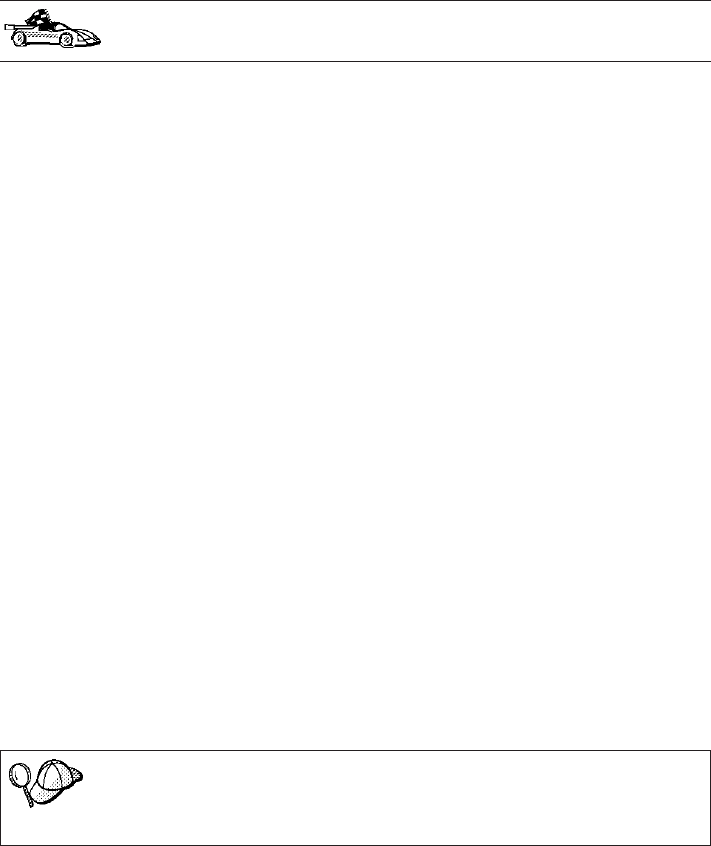
Step 1. Select the Manually configure a connection to a DB2 database radio
button and click on the Next push button.
If you are not using Lightweight Directory Access Protocol (LDAP), this
tab will not be shown, skip this step and go to Step 3.
Step 2. Select the radio button that corresponds to the location where you
would like your DB2 directories to be maintained.
v If you would like to maintain the DB2 directories locally, select the
Add database to your local machine radio button and click on the
Next push button.
v If you would like to maintain the DB2 directories globally at an
LDAP server, select the Add database using LDAP radio button
and click on the Next push button.
Step 3. Select the radio button that corresponds to the protocol that you want
to use from the Protocol list and click on the Next push button.
Step 4. Enter the required communication protocol parameters and click on
the Next push button. For more information, click on the Help push
button.
Step 5. Enter the database alias name of the remote database that you want
to add in the Database name field and a local database alias name in
the Database alias field. Add a comment that describes this database
in the Comment field and click on the Next push button.
If you are adding a database that resides on a host or AS/400 system,
the Database name field will appear as follows:
OS/390 or MVS
Location name
AS/400
RDB name
VM or VSE
DBNAME
When a database is created on the remote server, if a database alias
is not specified during database creation, the database is created with
a database alias=database_name; otherwise, the database alias is the
name that was specified when the database was created.
Step 6. Register this database as an ODBC data source.
a. Ensure that the Register this database for ODBC check box is
selected.
b. Select the radio button that describes how you would like to
register this database:
Chapter 6. Configuring DB2 Connect to Host or AS/400 Communications Using the CCA 63
